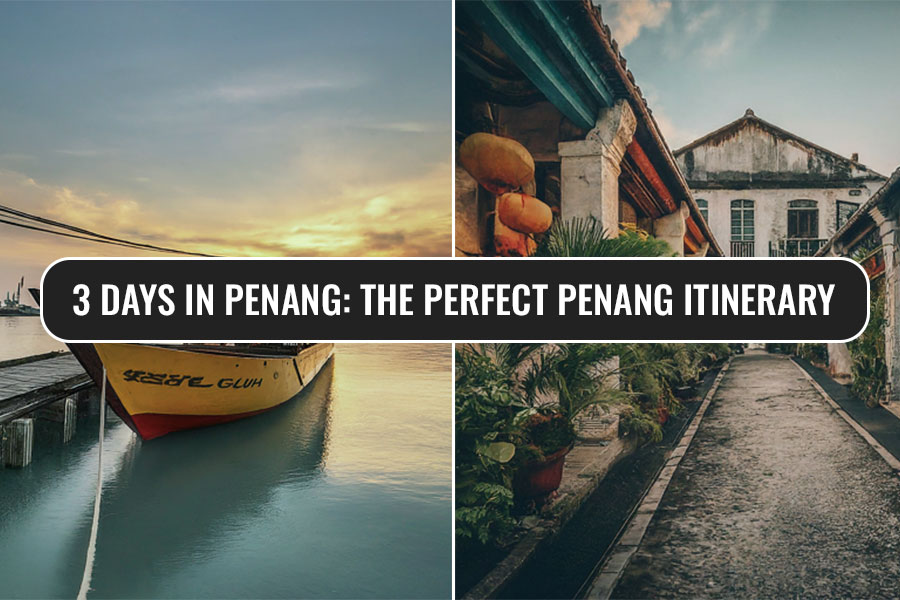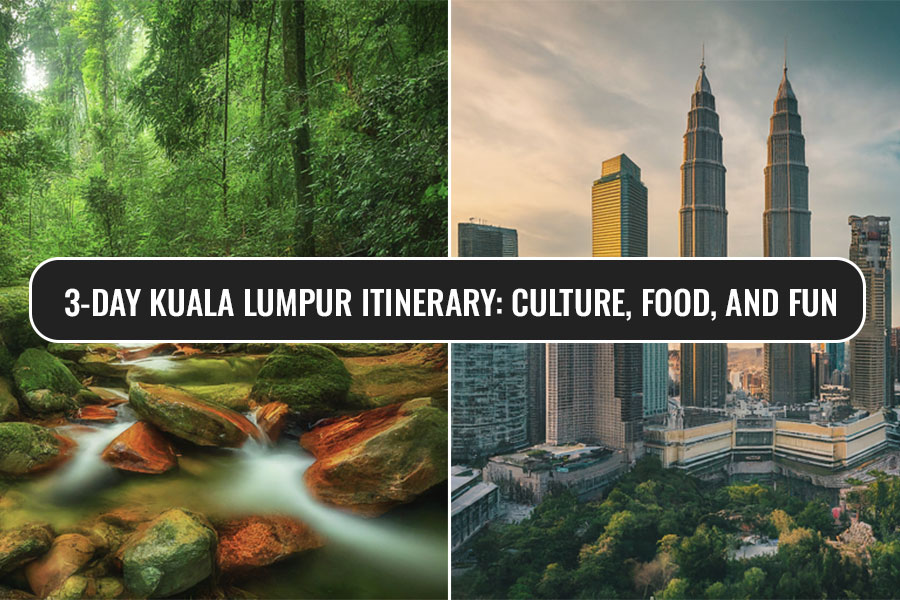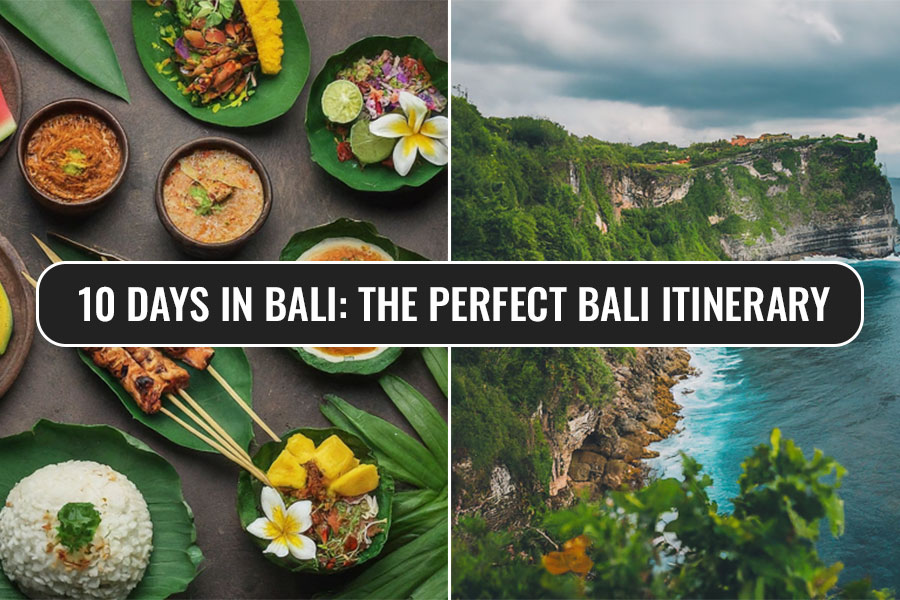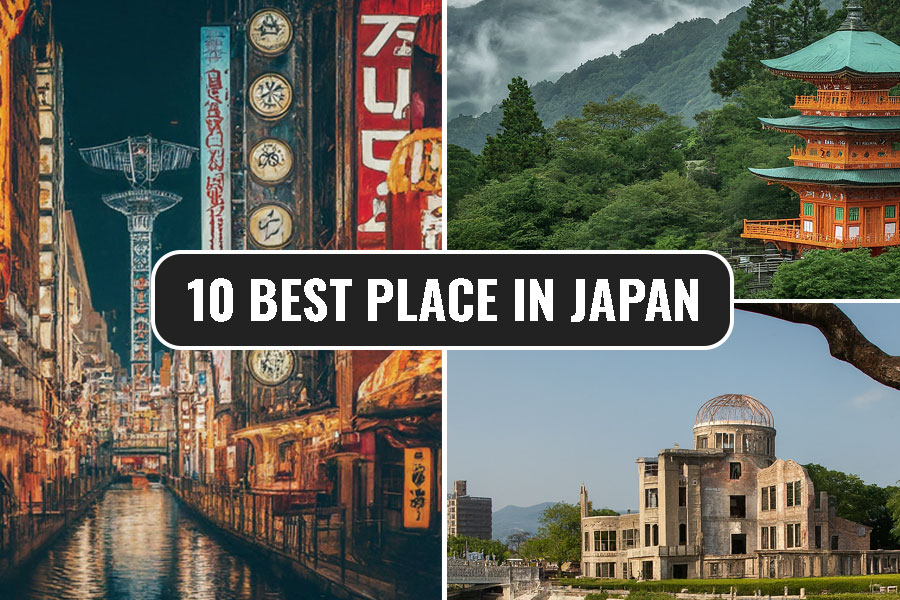Penang, a captivating island on Malaysia’s western coast, is a treasure trove of experiences, where history, culture, and gastronomy intertwine seamlessly. With its vibrant streets, rich heritage, and stunning natural beauty, Penang promises an unforgettable adventure. Here’s a detailed itinerary to make the most of your three days in this enchanting destination:
Contents [hide]
Best Time to Visit Penang
The ideal time to visit Penang is between November and January.
During these months, the weather is pleasantly warm, with lower humidity compared to the rest of the year. The skies are clear, making it perfect for exploring the island’s attractions and enjoying outdoor activities.
Other Considerations:
- Peak Season (December – February): This period is the most popular among tourists, leading to higher prices and larger crowds.
- Shoulder Seasons (March – May and September – November): These months offer a good balance of pleasant weather and fewer crowds. Hotel rates are also generally lower.
- Rainy Season (May – October): While it’s still possible to enjoy Penang during this time, be prepared for frequent showers. However, the lush greenery is at its best, and you might find some great deals on accommodation.
Ultimately, the best time to visit Penang depends on your personal preferences. If you prioritize ideal weather and don’t mind the crowds, the dry season is the way to go. If you prefer fewer tourists and lower prices, the shoulder seasons are a good option. And if you enjoy lush greenery and don’t mind the rain, the rainy season can offer a unique experience.
Where to Stay in Penang
Penang offers a diverse range of accommodation options to suit every budget and preference. Here’s a breakdown of the best areas to stay based on your interests:
Georgetown: The Heart of Penang
- Best for: History, culture, food, and nightlife
- Highlights: UNESCO World Heritage Site, street art, colonial architecture, bustling hawker stalls
- Accommodation options: Budget guesthouses, boutique hotels, and luxury accommodations
Batu Ferringhi: Beach Lover’s Paradise
- Best for: Beach activities, shopping, and nightlife
- Highlights: Long stretches of sandy beaches, water sports, vibrant nightlife
- Accommodation options: Resorts, hotels, and apartments
Gurney Drive: Modern and Upscale
- Best for: Modern amenities, shopping, and fine dining
- Highlights: Upscale shopping malls, modern hotels, and a vibrant atmosphere
- Accommodation options: Luxury hotels and high-end apartments
Tanjung Bungah: Tranquil Beach Escape
- Best for: Relaxation, water sports, and a quieter atmosphere
- Highlights: Beautiful beaches, water sports, and a more laid-back vibe
- Accommodation options: Resorts and boutique hotels
Bayan Lepas: Convenient for Business Travelers
- Best for: Proximity to the airport and business centers
- Highlights: International airport, business hotels, and modern amenities
- Accommodation options: Business hotels and serviced apartments
Other Factors to Consider:
- Budget: Penang offers a wide range of accommodation options to suit all budgets.
- Travel style: Choose a location that aligns with your travel style, whether you prefer a bustling city center, a relaxing beach escape, or a convenient base for business travel.
- Activities: Consider your planned activities and choose a location that is close to the attractions you want to visit.
How to Get Around Penang
Getting around Penang is relatively easy and convenient due to its well-developed transportation system. Here are the main options:
1. Grab or Taxi:
- Pros: Convenient, door-to-door service, especially useful at night or in areas with limited public transportation.
- Cons: Can be more expensive than public transportation, especially during peak hours or for longer distances.
2. Bus:
- Pros: Affordable, covers most parts of the island.
- Cons: Can be crowded during peak hours, less convenient for longer distances or areas with limited bus routes.
3. Rapid Penang (Penang’s Bus Rapid Transit System):
- Pros: Efficient, covers major routes, comfortable.
- Cons: Limited coverage compared to regular buses, ticket prices are slightly higher.
4. Ferry:
- Pros: Scenic way to travel between Penang Island and Butterworth on the mainland.
- Cons: Limited to specific routes, not suitable for island hopping within Penang.
5. Bicycle:
- Pros: Environmentally friendly, great way to explore the island at your own pace.
- Cons: Not suitable for long distances or hilly areas, dependent on weather conditions.
6. Walking:
- Pros: Best way to explore Georgetown’s historic sites and street art.
- Cons: Not suitable for long distances or areas with heavy traffic.
7. Renting a Car or Scooter:
- Pros: Offers flexibility and independence to explore the island at your own pace.
- Cons: Requires a valid driver’s license, traffic can be congested in some areas, parking can be challenging.
Additional Tips:
- Purchase a prepaid Rapid Penang card for convenient bus travel.
- Consider using a combination of transportation methods to maximize your time and budget.
- Be aware of traffic congestion during peak hours, especially in Georgetown.
- Always wear a helmet when riding a bicycle or scooter.
Safety in Penang
Penang is generally considered a safe place to visit. The crime rate is relatively low compared to many other cities around the world. However, like any tourist destination, it’s essential to exercise common sense and take precautions.
General Safety Tips:
- Be aware of your surroundings: Pay attention to your surroundings, especially in crowded areas.
- Protect your belongings: Keep an eye on your belongings, avoid carrying large amounts of cash, and use secure accommodation with safes.
- Avoid walking alone at night: Stick to well-lit areas and consider taking a taxi or Grab if you need to travel late at night.
- Respect local customs: Dress modestly and be mindful of local customs and traditions.
- Use reputable transportation: Stick to licensed taxis and reputable ride-sharing services.
Specific Concerns:
- Petty theft: As with any tourist destination, petty theft can occur. Be cautious of pickpockets, especially in crowded areas.
- Scams: Be wary of scams, such as fake taxi drivers or counterfeit goods.
Areas to Exercise Caution:
While Penang is generally safe, it’s always wise to be cautious in certain areas, especially at night:
- Isolated areas: Avoid walking alone in isolated or poorly lit areas.
- Crowded areas: Be mindful of pickpockets in crowded markets, bus stations, and tourist attractions.
By following these guidelines and exercising common sense, you can enjoy your trip to Penang without any major concerns.
Language in Penang
Penang is a fascinating blend of cultures, and this diversity is reflected in its languages. While Malay is the official language of Malaysia, you’ll find a vibrant linguistic tapestry in Penang.
Main Languages Spoken:
- Malay: The national language of Malaysia, widely understood across the island.
- English: Widely spoken, especially in tourism and business sectors.
- Mandarin: The most common Chinese dialect, though other dialects like Hokkien, Cantonese, and Teochew are also prevalent.
- Tamil: Commonly spoken by the Indian community.
- Hokkien: A Chinese dialect widely spoken among the Penang Chinese community.
Other Languages:
- Punjabi, Telugu, Malayalam, Urdu: Spoken by smaller groups of the Indian community.
- Arabic: Spoken by a small Muslim population.
- Thai: Spoken by some Malays with Thai ancestry.
- Portuguese Creole: Spoken by a small Eurasian community.
Important to Note:
- Many Penangites are multilingual, often speaking English, Malay, and at least one other language.
- You’ll likely encounter a mix of languages in daily interactions, especially in Georgetown.
- English is sufficient for most tourist interactions.
Overall, Penang’s linguistic diversity adds to its charm and cultural richness. While learning a few basic Malay or Hokkien phrases might be fun, English will serve you well during your trip.
The Perfect 3-Day Penang Itinerary
Penang, a vibrant melting pot of cultures, offers a perfect blend of history, food, and natural beauty. Here’s a 3-day itinerary to help you make the most of your time:
Day 1: Georgetown Heritage and Street Art
- Morning: Start your day with a hearty breakfast at one of Georgetown’s famous hawker stalls. Try the iconic Penang Assam Laksa or Char Kway Teow.
- Afternoon: Embark on a walking tour of Georgetown, a UNESCO World Heritage Site. Explore the colorful street art, admire the colonial architecture, and visit the historic Fort Cornwallis. Don’t miss the iconic murals by Ernest Zacharevic.
- Evening: Enjoy a delicious dinner at one of the many restaurants along Chulia Street, known for its vibrant nightlife and diverse cuisine. Afterward, take a leisurely stroll along the Esplanade for stunning sunset views.
Day 2: Nature and Spirituality
- Morning: Begin your day with a hike up Penang Hill for breathtaking panoramic views of the island. You can also take the funicular railway for a more convenient option.
- Afternoon: Visit the majestic Kek Lok Si Temple, one of the largest Buddhist temples in Southeast Asia. Explore its intricate architecture and serene atmosphere.
- Evening: Indulge in a traditional Peranakan dinner at one of the many restaurants offering authentic cuisine.
Day 3: Beaches and Relaxation
- Morning: Head to Batu Ferringhi, Penang’s most popular beach, for some sun, sand, and relaxation. Enjoy water sports, shopping, and delicious seafood.
- Afternoon: Visit the Entopia by Penang Butterfly Farm for a fascinating encounter with butterflies, insects, and other creatures.
- Evening: Enjoy a seafood dinner at a beachfront restaurant, savoring the fresh catch of the day.
Additional Tips:
- Food: Penang is a food paradise. Don’t miss the chance to try local delicacies like Hokkien Mee, Cendol, and Roti Canai.
- Transportation: Grab is a convenient and affordable way to get around the island.
- Accommodation: Georgetown offers a wide range of accommodation options to suit all budgets.
- Weather: Penang has a tropical climate, so pack accordingly.
This itinerary provides a glimpse into Penang’s rich culture, delicious food, and natural beauty. With three days, you’ll have a taste of what this vibrant island has to offer. Enjoy your trip!




